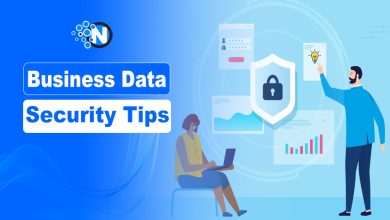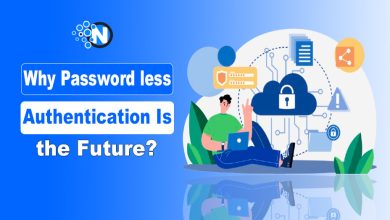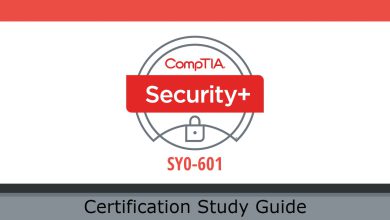Why Use Data Security Methods? Top Reasons
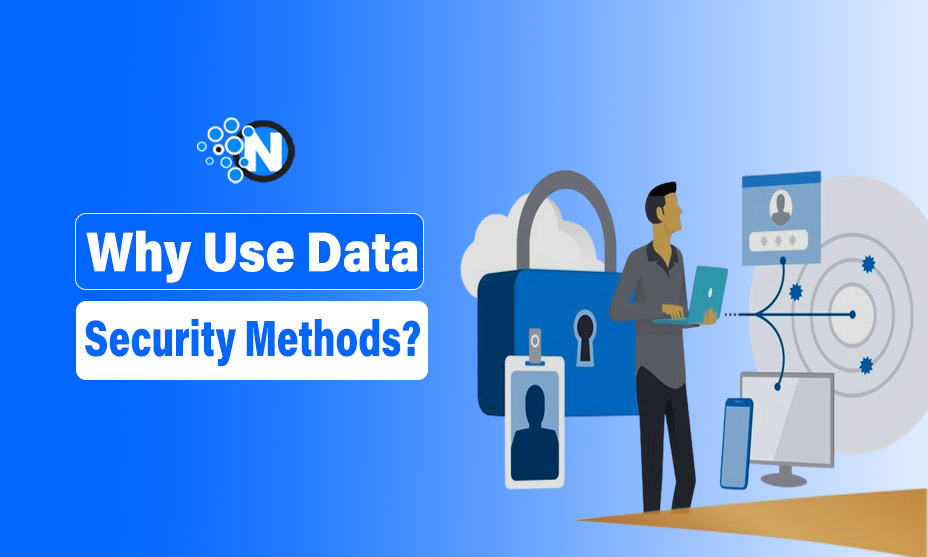
Data security is the controlled practice of protecting an organization’s data and averting data loss due to unauthorized access to it. It includes protecting data from a variety of malicious cyber attacks that encrypt or damage data, such as special ransomware that can modify or alter data that becomes available and harm your organization.
To stay compliant with data protection regulations, some industries must take extreme measures like PCI DSS 4.0 to ensure their sensitive information remains secure. For example, Companies that handle payment card information must keep it protected and secure, while US healthcare organizations need to abide by the HIPAA standard when preserving sensitive patient data.
If your business is not subject to regulatory or compliance standards, today’s business survival depends on data security. Data security can affect your company’s critical assets, such as your customers’ data.
Why is Data Security So Important in 2024?
According to data breach research, the average cost of a data breach in the United States was $8 million. Most incidents go beyond financial loss, customer trust, and damage to your reputation. Court cases, settlements, and penalties due to data breaches are on the rise, and many governments are introducing stricter rules to ensure companies reliably protect their customers’ data.
Companies in regulated industries are subject to supplementary standards, such as HIPAA for health care facilities in the United States and PCI/DSS standards for organizations that process credit card information.
There are no easy solutions to data security. Cybersecurity IT professionals must proactively and creatively assess privacy issues and work to improve security in your business environment. It is also important to assess the cost of existing security actions, their involvement to data security, and the expected gain on further financial investment.
Protection of Personal Data in Cyber Security
Data protection means the difference between data and information in a system that can be distributed with third parties (non-personal data) and data that can’t be shared with other parties (personal data). There are two key aspects to ensuring reliable data protection.
Prevent unauthorized third parties from viewing or damaging your data, even if they have access to it. Key data protection practices provide an encryption process so that no one can view your data without your encryption key and sensitive data loss deterrence methods to inhibit users from moving sensitive data outside of your company.

Data security uses multi-functional methods used to make sure data protection is also part of an organization’s data security strategy. Data protection focuses primarily on privacy and protection against malevolent activity.
For example, data encryption may be an adequate way to protect privacy but not a sufficient way to protect personal data. It is essential to consider that cyber attackers can cause significant damage by erasing or encrypting data to prevent authorized users from accessing data.
Issues that Threaten Processes for Reliable Data Security
It is worth knowing about some typical problems faced by companies of any size when protecting confidential data and being able to use data security products. Most episodes of personal data leakage are caused by the accidental disclosure of sensitive data, not malicious attacks.
Organizational employees accidentally or unknowingly provide access to valuable data, lose it, or misuse it. This problem can train employees and use other tools, such as data loss prevention technology (DLP) and access control.
Phishing and other Cyber Attacks
Cyber attacks are a key vector used by attackers to gain access to sensitive data. This includes manipulation or deception to reveal personal information or gain access to privileged accounts. Phishing is a common scam these days.
Disclosing personal information can be done by accidentally clicking on a malicious link, etc. By following the rules, an attacker can compromise a device or get access to a business network.
An insider threat is an employee who accidentally or intentionally compromises the organization’s data security. There are 3 main types of insider security threats: Harmless insiders are users who can unintentionally cause harm by ignoring or neglecting security measures.

1- Malicious Insiders
Malicious insiders are users who actively seek to steal data or harm the company for personal advantage. Stolen insiders are users who are unaware that their account or credentials have been conceded by an outer attacker. Attackers can then impersonate legitimate users and perform malicious actions.
2- Ransomware
Ransomware is malware that poses a significant threat to critical data for businesses of all sizes. It is malevolent software that corrupts business devices and encrypts sensitive data, making it unusable without a decryption key.
3- Muggers
Muggers display a message asking for a ransom to unlock the key, but in most cases, paying the ransom has no effect, and data is irretrievably lost. Many modern ransomware can spread as quickly as possible and affect large parts of corporate networks.
If your company does not perform regular backups, ransomware infects backup servers, you may have no way to recover lost data. Data loss in cloud storage. Many companies move their data to cloud storage to greatly facilitate the exchange of information and active collaboration between all interested business parties.
But when data moves to cloud storage, it can be harder to control and prevent data loss. Users can access business data using personal devices and over unsafe networks. It is effortless to accidentally or maliciously share files with unauthorized people.
4- SQL injection Technique
SQL injection is a fairly common modern technique that is actively used by cybercriminals to gain unauthorized access to databases, sneak data, and perform unsolicited malicious operations. The SQL injection works by injecting malevolent code into seemingly harmless database queries.
Databases are supposed to process user input, instead, malicious code begins to process that furthers the attacker’s goals.
- SQL injection can endanger customer information, data, and rational property or give an attacker administrative access to a database for your business and brand.
- SQL injection is relatively easy to avoid if cyber security personnel actively use a secure mechanism to accept user input.
- SQL injection susceptibilities are often the result of dangerous coding practices.
Methods for Reliable Data Security
In 2024, many technologies and applications can improve data security. While this alone will not solve the technical problem, a combination of several of the methods below can significantly improve your business organization’s security posture.
Data search and classification enable modern IT situations to store data on physical servers, endpoints, and cloud systems. Viewing data flows is the most important and first step in realizing what data might be stolen or abused.

1- Data Search and Classification Techniques
To appropriately safeguard your data, you need to know what that data is, where it’s located, and what it’s used for. Data search and classification techniques can help with this. Data exploration is the basis for identifying available data. Using key data discovery and classification solutions, you can tag files on endpoints, physical servers, and cloud systems to review data and enforce proper security strategies across your organization.
2- Data Masking
Data masking allows you to create a phony version of your business data that can be used for software testing, monitoring, and other purposes that don’t require real-time data. The goal is to reliably protect data and, if necessary, provide a functional alternative.
Data masking reliably preserves data types but changes values. Data can be altered in several ways, including encryption, and replacing characters or words. Whatever you do for data security, you must change the value so that it cannot be decoded.
3- Identity and Access Management
Identity and Access Management (IAM) is a security process, approach, and technical framework that empowers business environments to effectively manage their digital identity. IAM tools allow IT managers to fully manage user access to sensitive information.
Organizations can ensure a secure identity and access management system through the use of sophisticated technologies like single sign-on, two-factor authentication, MFA (multi-factor authentication), and privileged access management.
4- Data Encryption
Data encryption is the process of encoding information using an algorithmic scheme to make it unreadable to any unintended recipient. It uses mathematical principles and computer algorithms to transform data into a secure form, making it difficult for unauthorized users to gain access. The most common type of data encryption is symmetric key encryption, which uses one key for both encryption and decryption.
5- Data Loss Protection
Data Loss Protection (DLP) includes: Backing business data up to another server or location. Physical backup protects data from various failures during the company’s work or cyber attacks on local servers. It protects your business data in addition to basic measures such as backups.
DLP software automatically scans content for sensitive data, provides centralized management and prosecution of data safety policies, and reliably prevents unauthorized use of sensitive data (for example, copying large volumes of data outside the corporate network).
GRC in Data Security
Governance, Risk, and Compliance (GRC) is a methodology used by many business environments to improve data security and ensure compliance with existing requirements significantly. Significant controls and policies are in place across the organization to ensure compliance and data protection.
Risk is about assessing potential cyber security threats and your organization’s readiness to effectively deal with them. Compliance ensures that business applications comply with industry standards and regulations when storing, processing, managing, accessing, and using data.
One of the simplest methods of data security is to require users to use unique and complex passwords. Without centralized control and enforcement, many users use passwords that are easy to guess or use the same password for many different services.
1- Password Cracking
Password cracking and other cyber attacks can easily hack accounts with poor passwords. The solution to counter this is to use longer passwords and require users to change their passwords often. However, these procedures are not sufficient. Enterprises should be concerned about multi-factor authentication (MFA) methods that require a user’s tokens, devices, or biometrics to verify their identity.
2- Password Manager
Another key security method is an enterprise password manager that keeps employee passwords in safe and encrypted form. This reduces the overhead of storing passwords for multiple trading systems and simplifies the use of more complex passwords. However, sometimes such a situation can arise that the password manager itself becomes a hole in the security of your business.
3- Multi-factor Authentication
Multi-factor authentication is strongly recommended when sensitive information is requested by internal or external users. Business environments should have a clear approval system. This ensures that users have only the access rights necessary to perform their functions and use the services. You should use regular checks and automated tools to revoke permissions and remove user approvals that are no longer needed.
Data Security Checklist
Organizations should conduct security audits regularly, at least every few months. Security audits identify key gaps and vulnerabilities in an organization’s overall security. Similar to the testing model, the audit should be conducted by an external expert. However, a security audit can also be conducted within the company itself.
Protection against malware, viruses, and endpoints is also extremely important and needs to be paid attention to. Malware is the most common and dangerous type of modern cyber-attacks. You must protect endpoints such as employee workstations, mobile devices, data servers, and cloud storage solutions.
Endpoint Protection Platforms (EPPs) approach robust endpoint security holistically. Endpoint protection platforms combine the process of analyzing the behavior of antivirus software tools and machine learning to detect unknown cyber-attacks. Most platforms also offer important endpoint detection and response (EDR) abilities.
Security of Using Cloud Storage Capabilities
Cloud security in a business environment should be an important part of an organization’s security strategy. Having an effective security strategy includes safeguarding cloud infrastructure, cloud workloads, and the business data itself.
Cloud computing consists of three types of environments: public cloud storage, private cloud storage operated by individual organizations, and hybrid cloud storage which combines both. Cloud security tools can be roughly divided into two types:
- Security solutions and top systems provided by cloud providers such as Amazon Web Services (AWS)
- Microsoft Azure with the ability to use the full range of available security tools provided and managed by customers.
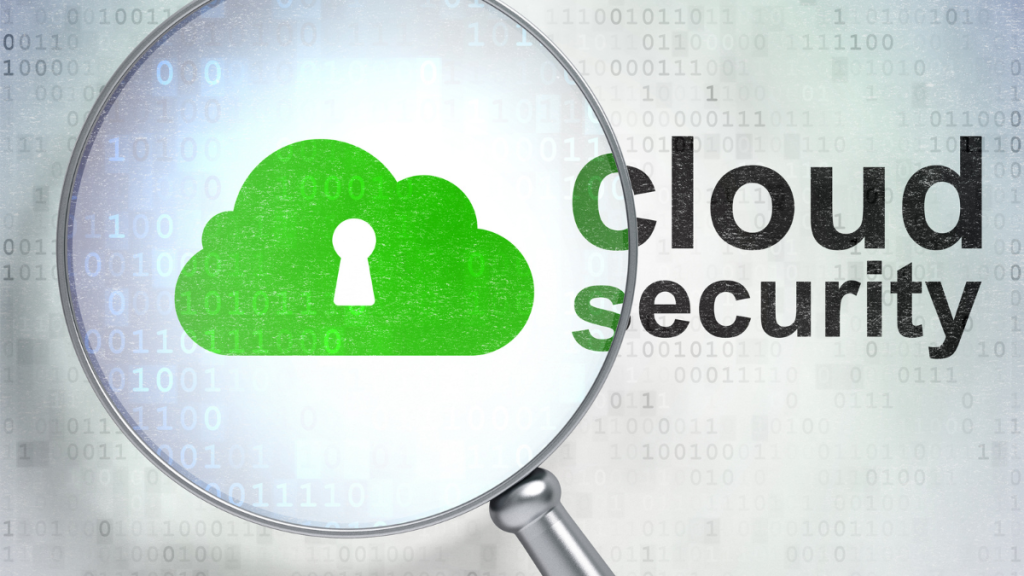
In public cloud storage, security is a shared responsibility. Providers are responsible for the security of their infrastructure, customers are responsible for the security of their data and workloads. Traditional security solutions, like IAM and DLP, are getting a high-tech upgrade as they become compatible with cloud environments.
1- Cloud Access Security Brokers
Cloud Access Security Brokers (CASBs) guard against breaches and allow visibility into cloud use, while Cloud Workload Protection Platforms (CWPPs) protect virtual machines, applications and data across hybrid environments.
Additionally, a combination of monitoring and automated fixing is available through Cloud Security Posture Management (CSPM), which pinpoints potential issues like misconfiguration or unauthorized sign-ins before they become serious problems.
2- Zero Trust
Zero Trust is a data security standard that has been implemented by the US government, various technology standards organizations, and many of the world’s largest technology companies. The principle is that no network entity can be trusted either outside or inside the network.
- Zero Trust pays special attention to data security, as it is the main concern of attackers.
- The Zero Trust architecture aims to protect critical data from internal and external cyber threats.
- Zero Trust security mechanisms create several layers of protection for confidential data. Use micro-segmentation, for example, to isolate sensitive devices from other network elements.
Cyber criminals have very limited access to sensitive data, the platform has all the necessary controls to detect and respond to anomalous data access.
Reliable and Comprehensive Database Security
Database security includes safeguarding database management systems like Oracle, SQL Server, and MySQL from illegal use and malicious cyber attacks. The key elements protected by a database are the database management system (DBMS) and the software that is associated with the DBMS. Physical or virtual database server and underlying hardware. The computer and network infrastructure are used to access the database.
A database security policy includes the full range of available tools, processes, and techniques for securely configuring and maintaining the security of a database environment and protecting the database from intrusion, abuse, and damage.
There are three main security scenarios in a big data environment. Incoming data transfer, outgoing data transfer, and recorded data. Data security stands firmly against any form of malicious or accidental information loss. It works hard to ensure that all data is safe from unauthorized access and irreparable damage, safeguarding our valuable content around the clock.
Big Data Services for Security
Let’s consider general big data services and the most important strategies for their provision. AWS provides analytics solutions for big data applications. Many AWS services automate data analysis, work with datasets, and extract information. AWS best practices for big data security include access policy settings, which control access to resources.
Data encryption policy – use it to manage the encryption processes of important data. Manage data by tagging objects. Use tags to classify and manage data resources, and apply tags that represent sensitive data that require special security measures.
1- Microsoft Azure Cloud Storage
Microsoft Azure cloud storage provides a complete big data and analytics solution – empowering companies to efficiently process vast quantities of both structured and unstructured data. Its feature-rich platform, with services such as real-time analytics, database solutions, machine learning technology and powerful data mining tools offer limitless potential for customizable storage options.
Advanced Azure Big Data security practices include being able to effectively monitor as many transactions as possible, visualize data flows using Azure Monitor and Log Analytics, create and enforce robust security and privacy policies, and use available Azure services for backup, and recovery of mission-critical data.
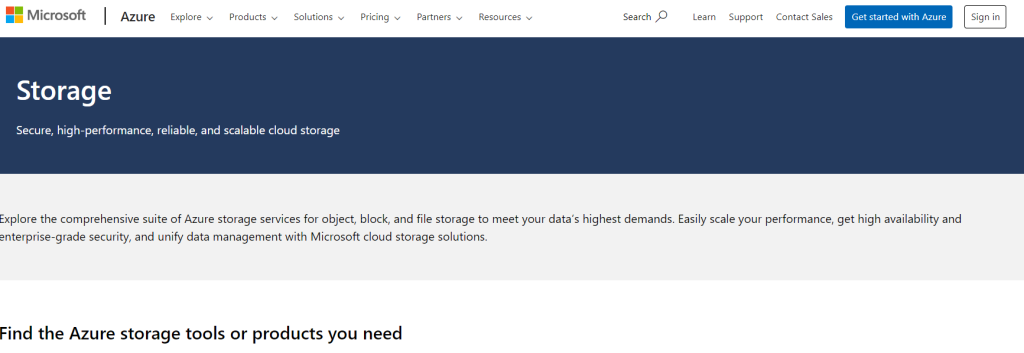
2- Google Cloud
Google Cloud offers many services to support the storage and analysis of big data. BigQuery is a powerful SQL-compatible engine that can analyze massive amounts of data in seconds. Additional security services consist of Dataflow, Dataproc, and Data Fusion. Google Cloud recommendations for ensuring a high level of data security include:
- Define access control for BigQuery based on the principle of least privilege;
- Identify sensitive data using policy tags or type-based classification;
- Use column-level security to control whether a user can see certain data during a query.
Snowflake is an enterprise cloud data warehouse designed for efficient big data analytics. The Snowflake architecture physically separates computing and storage and logically integrates them. Snowflake fully supports relational databases and allows you to work with structured and semi-structured data as efficiently as possible.
Key Features
- Define network access and location with IP whitelists/blocks;
- Use SCIM to manage users and groups;
- Use authentication and key pair rotation to increase client authentication security;
- Enable multi-factor authentication.
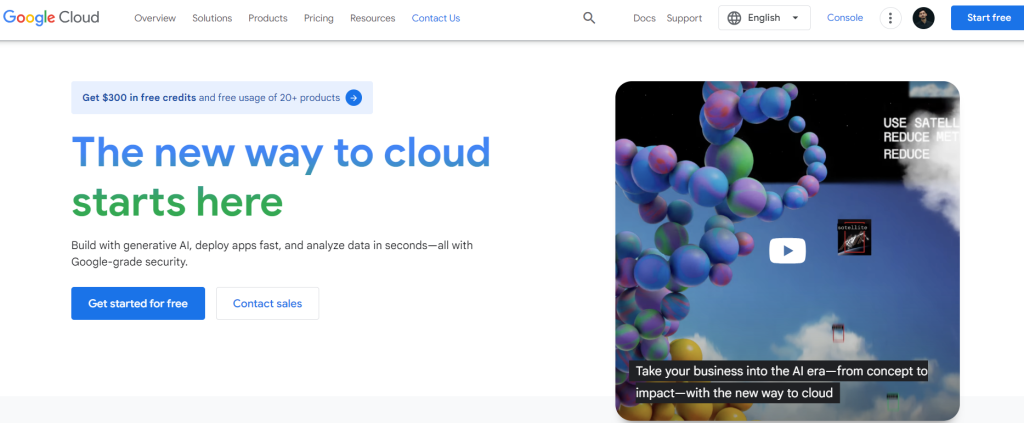
3- Elasticsearch
Elasticsearch is a scalable, open-source, full-text search and analysis system for searching and analyzing big data in real time. Elasticsearch provides a distributed system for indexing automated predictions and uses a JSON-based REST API.
Key Features:
- Protect access to search clusters with strong passwords;
- Encrypt all messages using SSL/TLS;
- Take advantage of role-based access control (RBAC);
- Use IP filtering to access the client;
- Periodically enable log checking and monitoring.
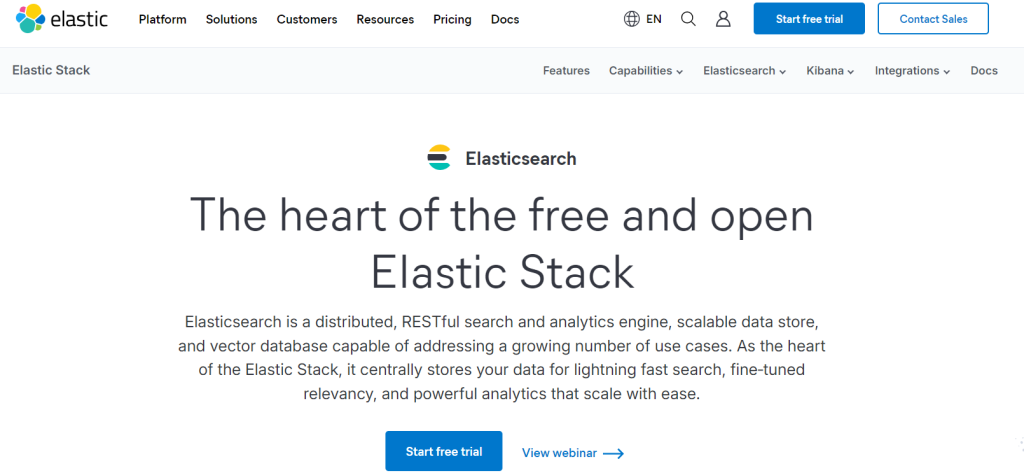
4- Splunk
Splunk is a powerful tool for transforming machine data into actionable intelligence. It simplifies the process of collecting and analyzing log files across applications, servers, mobile devices, and websites, enabling organizations to accelerate business performance by quickly understanding their most complex datasets.
Key Features:
- Prevent unauthorized access by configuring RBAC, data encryption, and anonymity;
- Use SSL/TLS encryption for data and internal Splunk communication;
- Protect your Splunk instance by physically securing it;
- Use event monitoring to track changes to your Splunk system configuration.
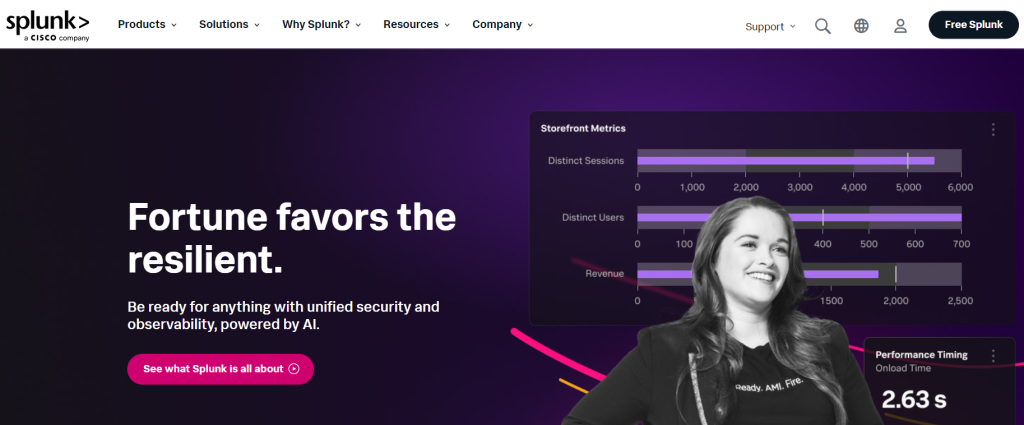
Critical Data Security in Corporate Multifunctional Applications
Enterprise applications support critical operations in organizations of all sizes. Enterprise application security protects enterprise applications from external cyber attacks, privilege abuse, and data theft. With countless digital threats existing in cyberspace, email security is imperative for maintaining confidential information and data.
Organizations looking to keep their emails safe from malicious attackers often implement renowned protocols like SSL/TLS, SPF & DKIM as part of technical standards organizations’ recommendations.
Popular email clients such Microsoft 360 & Google Workspace utilize these measures for delivering secure messages digitally. Still, businesses also protect themselves by adding a secure e-mail gateway, which provides protection against any potential intrusions or external risks.
1- DAM Systems
DAM systems are the organizational powerhouse that drives modern business processes. From marketing campaigns to product sales, they securely store and manage multimedia content like music, photos and videos – while also protecting vital company assets through digital rights management. DAM security best practices include:
- The principle of least privilege;
- Ability to use the list to designate important confidential files;
- Ability to use multi-factor authentication to control third-party access;
- The ability to use checks on your automation scripts, limit permissions on the commands used, and control the automation process with notifications.
2- Customer Relationship Management
Customer relationship management (CRM) is the foundation on which companies build success. It provides insights into customer interaction and creates a secure space to manage and analyze sensitive data – protecting one of their most valuable assets: customer relationships.
The use of CRM is subject to stringent regulations regarding Personally Identifiable Information (PII), ensuring these close connections remain well-protected.
Best Practices CRM Security:
- Ability to regularly conduct an important IT risk audit of the CRM system;
- The ability to carefully monitor all CRM activity for abnormal or suspicious use;
- Ability to encourage CRM administrators to follow security best practices;
- The ability to inform your CRM users about security best practices.
In case you use CRM as SaaS, be very careful about your SaaS provider’s security practices.
Final Thoughts
Data security is more important than ever for businesses. Digital thieves are smarter than ever, and they use a variety of technologies and tactics to hack into business systems and gain illegal access to business data for malicious purposes.
It is essential for businesses to implement different data security methods to keep sensitive data and information away from bad people. This will help in keeping business operations running smoothly and building customer trust as well.

